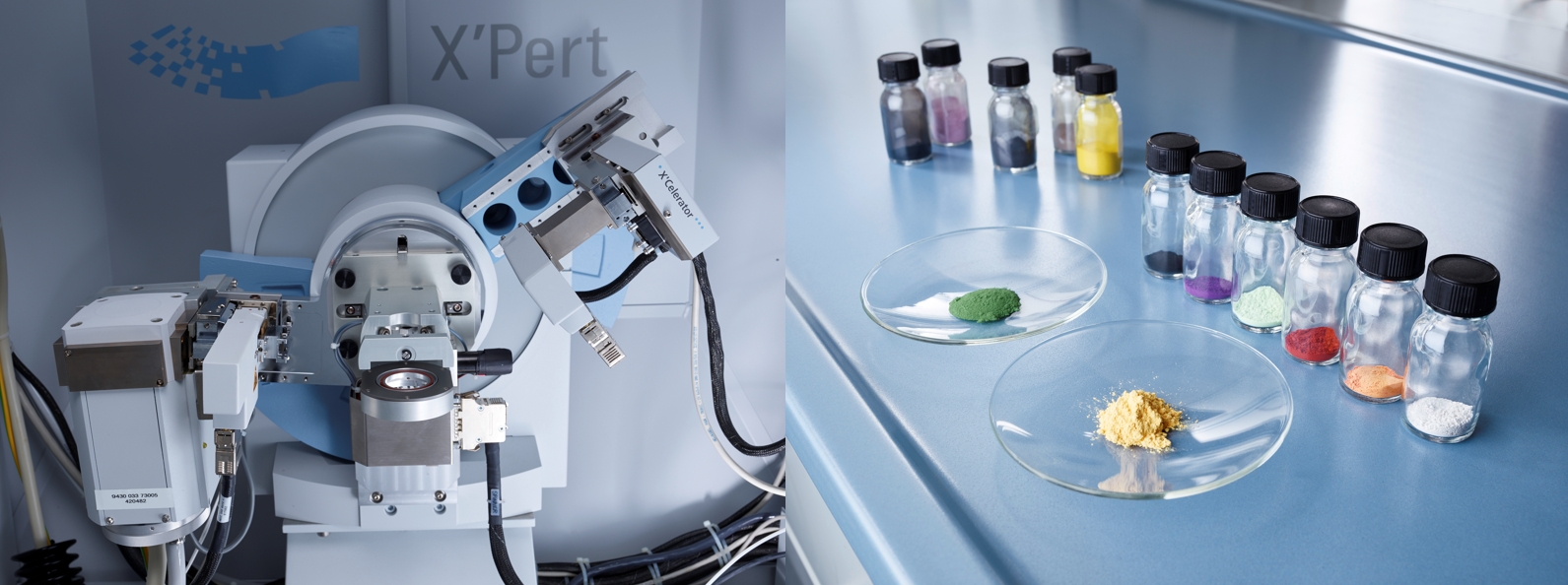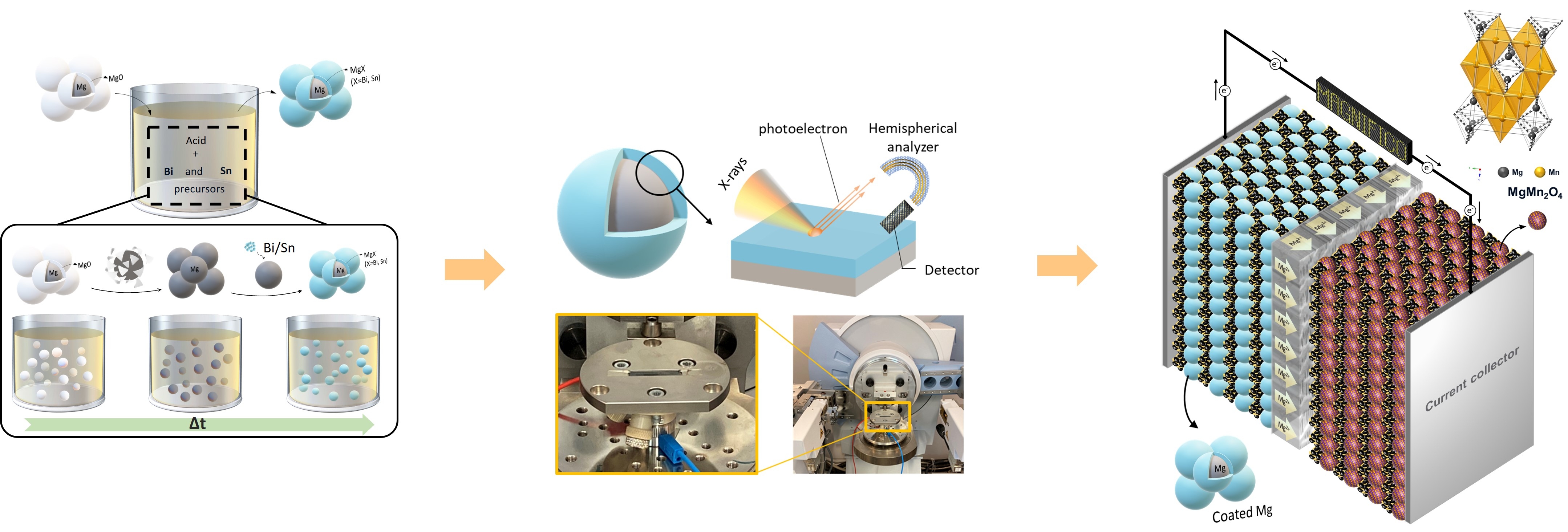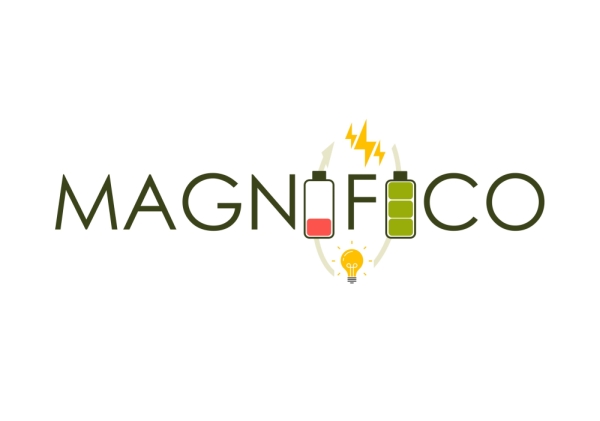Development of a protective inorganic interface for using metallic Mg anodes in next-generation Mg-ion batteries
Magnesium-ion batteries (MIBs) are a promising chemistry to potentially achieve higher energy densities at lower cost than lithium-ion batteries for stationary energy storage applications. This is possible thanks to the natural abundancy, low costs, environmental sustainability, and electrochemical properties of magnesium (Mg). However, the major obstacle in the further development of MIBs is the incompatibility of Mg metal anodes with conventional electrolytes. These solutions decompose at the surface of metallic Mg, forming a passivation layer that inhibits Mg2+ diffusion and electronic transport.
In MAGNIFICO, a safe and sustainable wet-chemical approach is designed to develop a Generation 5 anode material by tailoring a protective intermetallic interphase onto the surface of Mg metal powder particles. This coating layer will prevent electrolyte decomposition and Mg passivation, while maintaining Mg2+ cation diffusion. The as-protected Mg metal anode is expected to achieve long cell lifetimes (> 4000 cycles), thereby exceeding the current state-of-the art for MIBs. This innovative strategy will also allow the Mg-powder-based anode to be processed and fabricated with conventional techniques and battery production infrastructures already developed for the lithium-ion batteries industry. At the completion of MAGNIFICO, a surface-engineered Mg metal anode will be integrated into an environmentally sustainable 3 V Mg-ion battery for stationary energy storage applications using a high voltage, low-critical raw material MgMn2O4 cathode.
Experimental methods and computational calculations (density functional theory and machine learning potential) will be synergistically used to characterise the properties of the intermetallic interphase. Microscopic, spectroscopic, diffractometric, and electrochemical techniques will be applied to evaluate the composition, morphology, transport properties, and stability of the artificial protective layer after synthesis, as well as at different states of charge (ex-situ) and during cell cycling (in-situ). First principles and machine learning potential calculations will be performed to gain mechanistic and molecular-level insights on the intermetallic interphases at ideal (0K) and realistic (application temperature) conditions. Phase stability and energetics, defect chemistry, defect formation energies, transport properties, etc. will be computed throughout the project.
Combining computational and experimental approaches to material design, MAGNIFICO aims to develop cutting-edge strategies for engineering Mg-powder anodes and push MIBs beyond the state-of-the art.
The MAGNIFICO project has received funding from the Austrian Research Promotion Agency (Österreichische Forschungsförderungsgesellschaft, FFG) under grant no. 899395.






